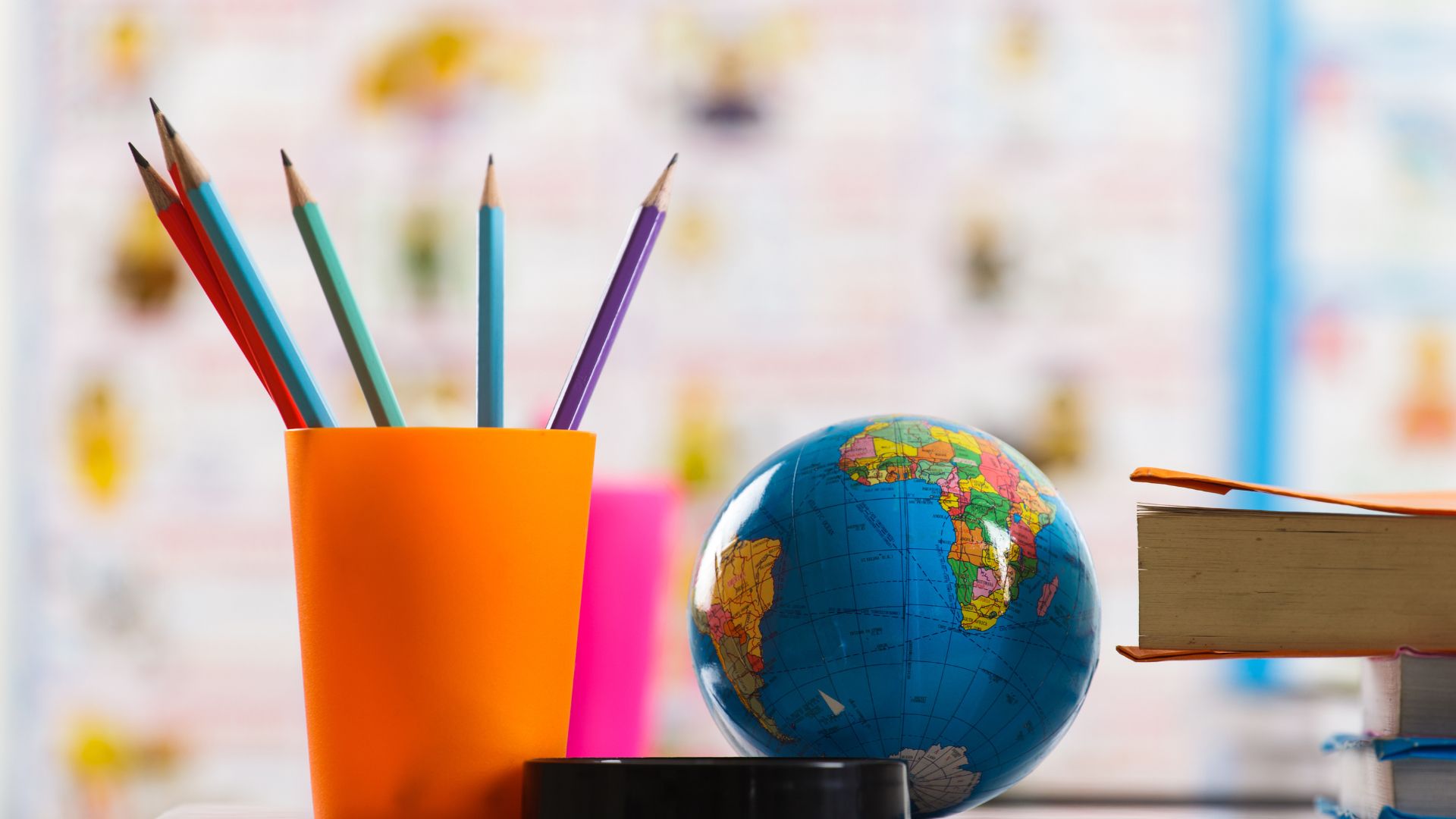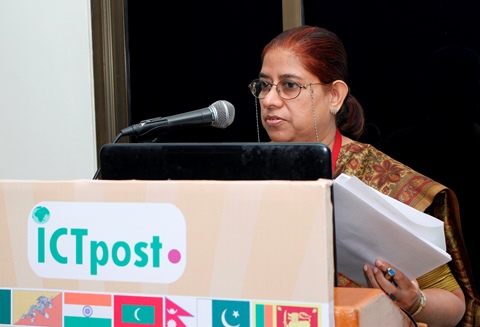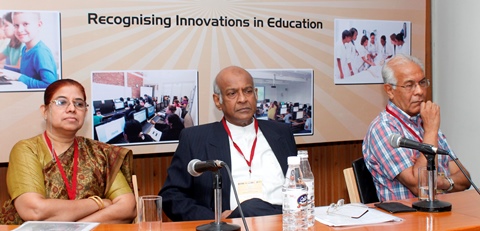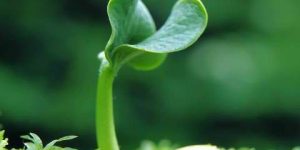ICTpost Education Bureau
Technology is a useful tool to improve the quality and the efficiency of literacy provision. It helps create learning environments ideally suited to the needs and interests of previously unreached populations and offers new learning opportunities. It stimulates learners to be more creative and innovative.
Experience with the use of computers and other technologies, such as interactive video, suggest that they can contribute to the development of thinking skills and make instruction more individual. They also provide ways to collect and evaluate information efficiently as well as help learners to communicate what they think and feel.
The Internet is another tool that can be used in improving literacy programmes. Through it adults can be provided with higher quality materials and access to information in homes, workplaces and public libraries. It also provides adults with greater choices which are the key to motivation, retention and enriched learning experience. Using the Internet in literacy promotion means learning faster what is happening around the world.
BIMARU States
The average national literacy level as per the 2011 census stands at 74.04 per cent, whereas literacy level of Bihar is 63.8 per cent and Uttar Pradesh is 71.7 per cent.
Odisha has 65.9 per cent literacy, while Rajasthan has 67.1 per cent, Jharkhand has 67.6 per cent and Madhya Pradesh has 70.6 per cent literacy.
Several states, including Bihar and Uttar Pradesh, had in fact been clamouring for enhanced Centre’s share arguing that they are unable to pump their share of resources for the programme.
The fear of inequity
Technologies based on Internet do not need to be expensive. Many people in developing countries, as in industrialised countries, already have the technology, but they lack extra phone lines or faster modems to allow effective and extended networks. In fact, the problem of introducing technology in literacy programmes lies not so much in its cost or the rate of innovation, but rather in the human factors of reinforcing human competence and political will.
Technology often raises the fear of inequity. There are also fears that technology may be a new form of colonisation, resulting in reducing diversity. The use of technology can widen the gap between those who have access and those who do not.
Government and non-governmental agencies should be aware of this problem and must address the issues of who will be the users and who will be controlling, constructing and policing the technology.
To address the issue of inequity, there is a need for: trust, political will and devotion to the people, if the gap is not to widen; respect for diversity of language and culture; promotion of technology for two-way communication.
Information should flow from top to bottom and vice versa, as well as horizontally; reliable information on beneficiaries in order to identify clearly, how to disseminate information and to whom, while developing different strategies for different contexts.
New technologies are not necessarily the whole answer to the problem of delivering literacy programmes. There is room for both old and new technologies. Technology must be appropriate and should help people to learn as quickly, as economically and as effectively as possible.
Technology properly used, i.e. in a way appropriate to the communities that learn through them, can facilitate the learning of new higher level skills needed for a world which is becoming increasingly global and which is therefore more and more in need of local empowerment. Technology should be well thought out and planned for that context. There should be a continuing evaluation and revision process to promote the best mix of technologies. It is no longer cost-effective to ignore technology.








